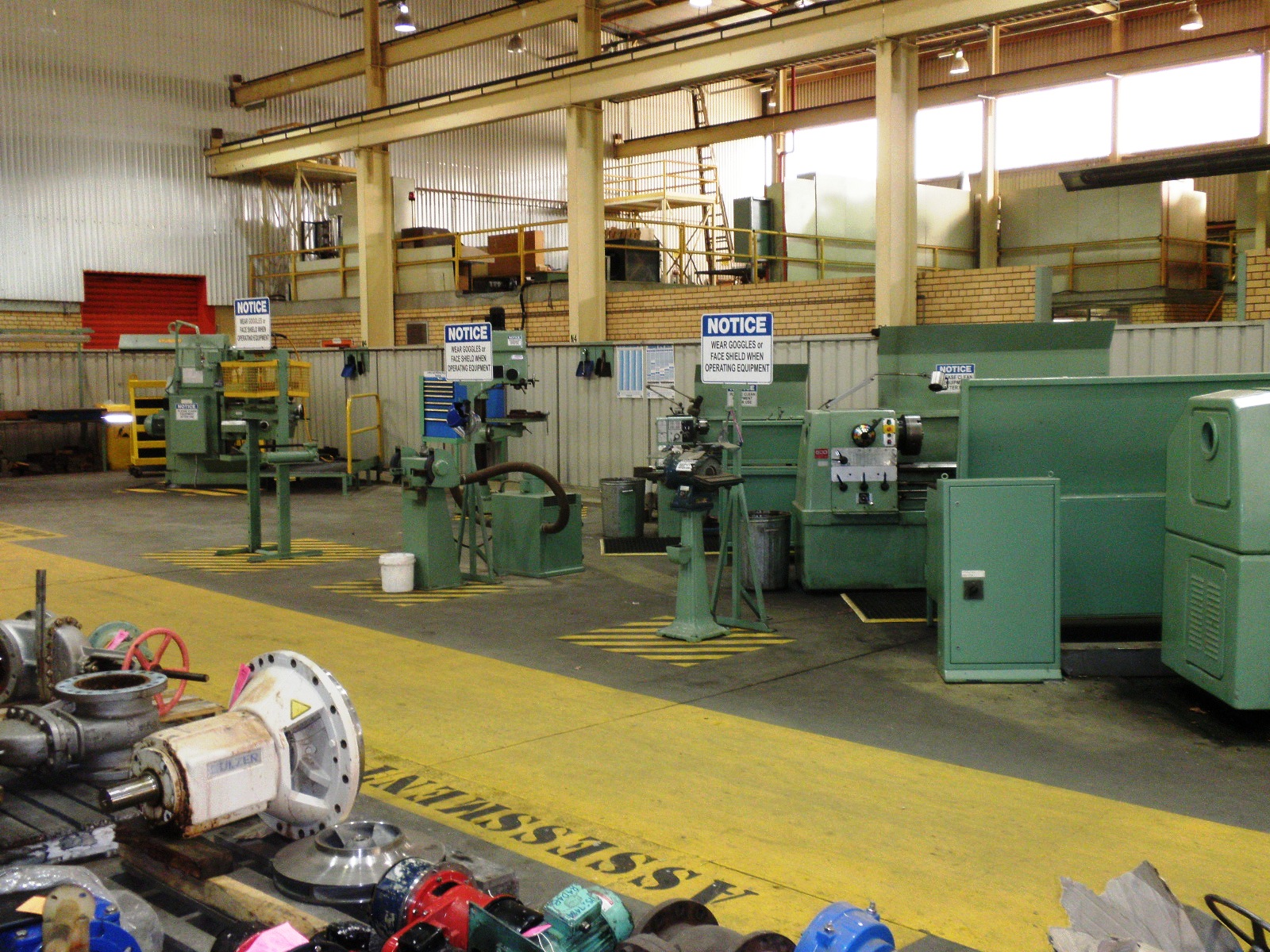A client once asked me to fly from our office on Vancouver Island to their operation in the UK so that I could provide recommendations on how to improve the service from their Maintenance Storeroom. To access the storage racks, I had to climb over piles of parts and junk in the aisles, so my first recommendation was to tidy the place up. In my exit interview, I asked why they would ask me to come so far when the first thing they had to do was so obvious.
Similarly, another client wanted planning and scheduling training, and in the one day I typically spend on site prior to this training, I found a toolroom with tools stored on the floor, on benches, in fact everywhere but in their correct place. And in the machine shop, each lathe had a drawer for tool bits and nearly all of these were blunt, damaged and disorganized. The same situation was found in the supervisors’ offices, which had become storage areas so that at least the supervisors could find important parts and tools. I suggested that planning and scheduling training would be wasted until they got what they had into some kind of order, and started to set an example to their tradespeople.
When implementing changes in maintenance practices, I like to suggest that an early move should be to do something that everyone notices. Often this is the introduction of more formal weekly and daily work scheduling, which does affect everyone. However, where there is a disorganized work environment, the establishment of new standards of housekeeping and storage will also get everyone’s attention.
Making a change in standards that will stick requires a very disciplined and dedicated manager, and needs to be constantly supported. The new standard should be documented, such as in the “Storeroom Housekeeping Standard” (below).
An example of a very well organized machine shop is shown in the photograph below. Each machine is spotless, there are marked aisles and marked areas for components waiting for repair and for work in progress. Each component is tagged with the number of the equipment location that it came from, and with its stock number and the work order number for its repair. The work area is spotlessly clean.

Moving to this kind of standard is not easy, but it will always pay off – not only in better workmanship and improved plant reliability, but also in the satisfaction everyone gets from doing their jobs.
.Storeroom Housekeeping Standard
– No material on the floors, except in designated shipping, receiving and “work in progress” areas, and especially no materials in aisles.
– Floors, racks and shelves free of dust and debris
– No materials extending outside shelves or bins into the aisles
– No materials on top of or below racks, unless designed for storage
– All boxes aligned with shelves and neatly stacked
– No broken boxes or bins
– No unwrapped bearings, or other parts which depend on their packaging for protection.
– The inside of all bins wiped clean
– “A place for everything and everything in its place”
To return to the Articles index click here.
© Veleda Services Ltd
Don Armstrong, P.Eng, President
don.armstrong@veleda.ca
250-655-8267 Pacific Time
Canada